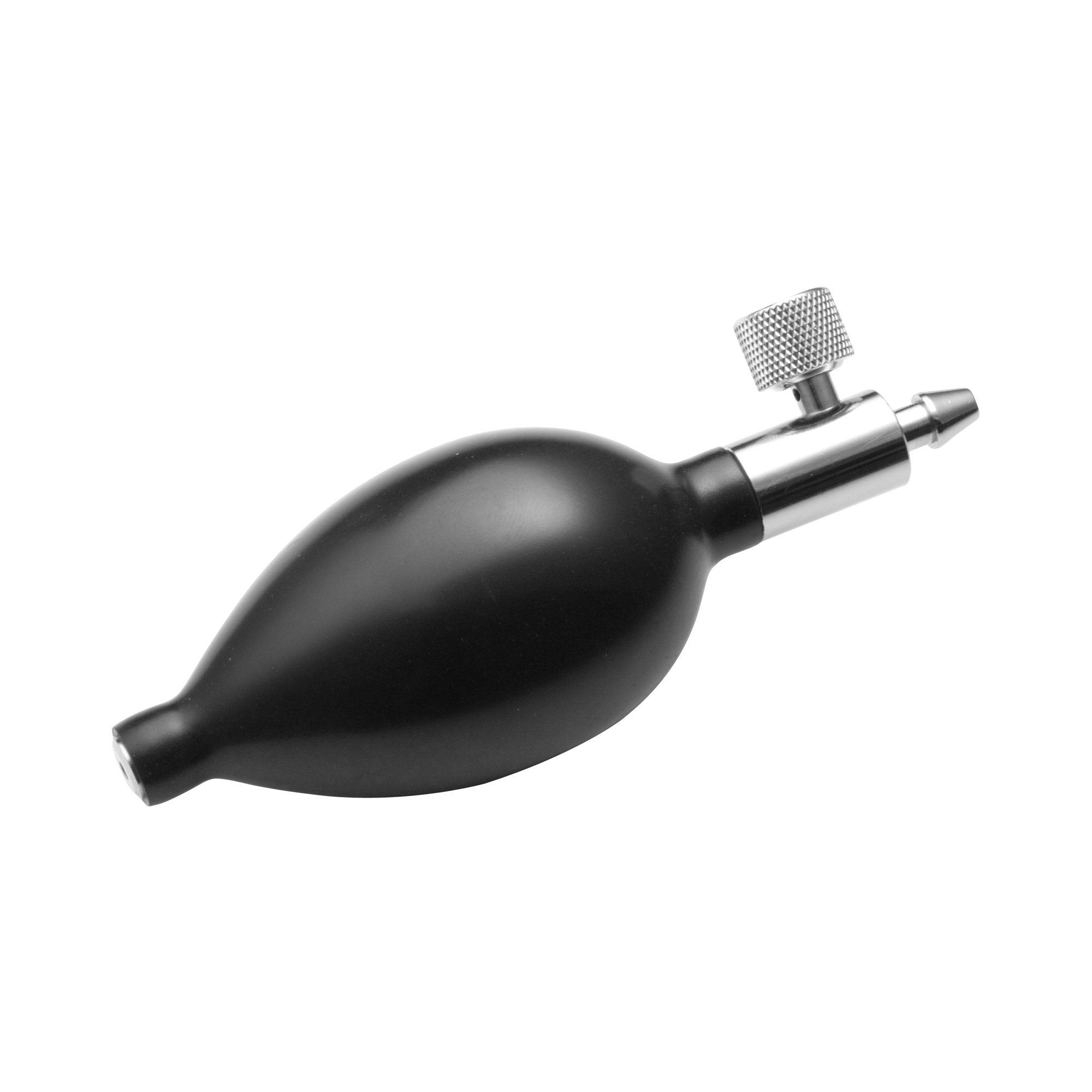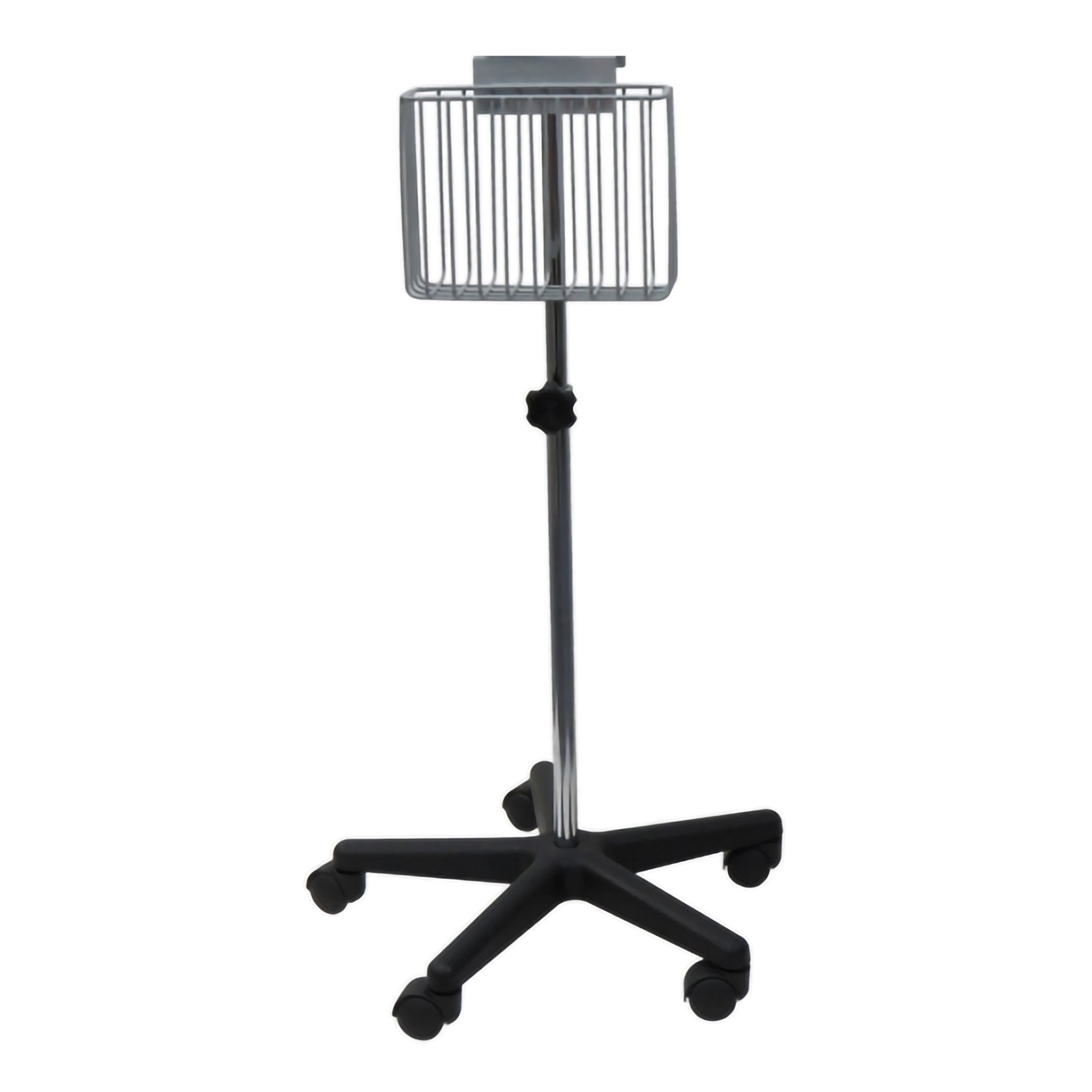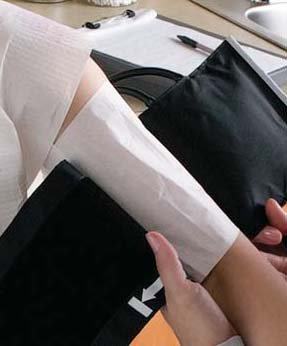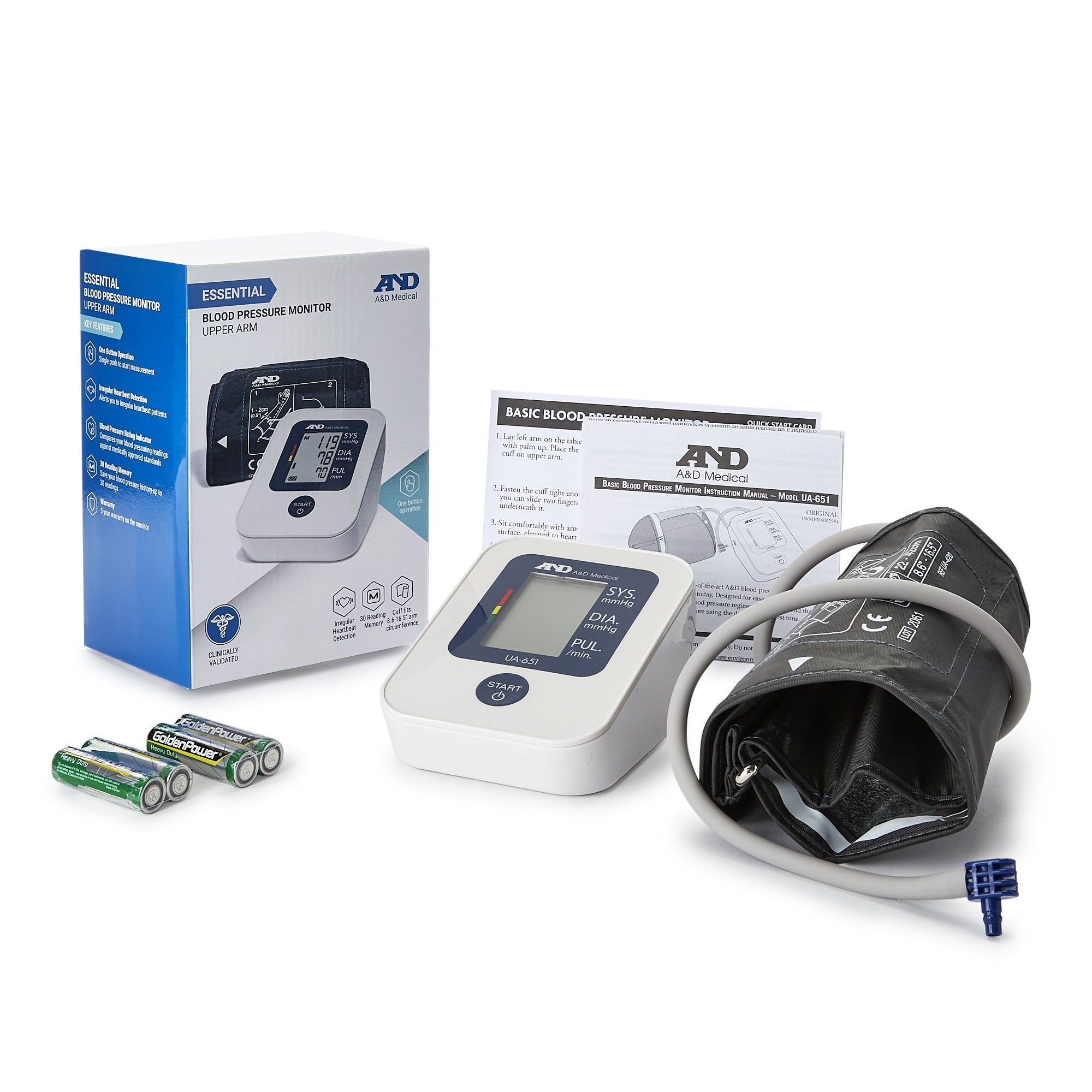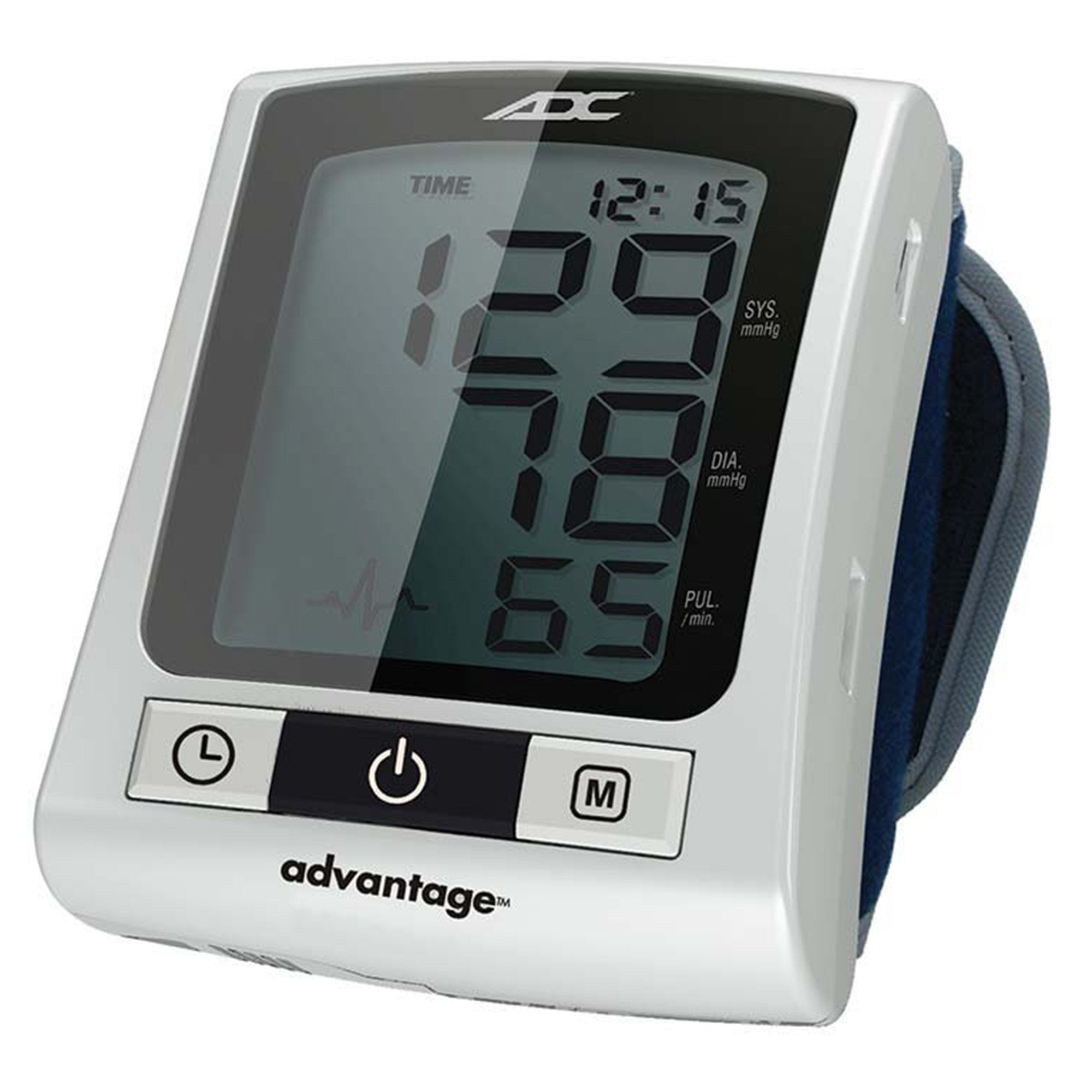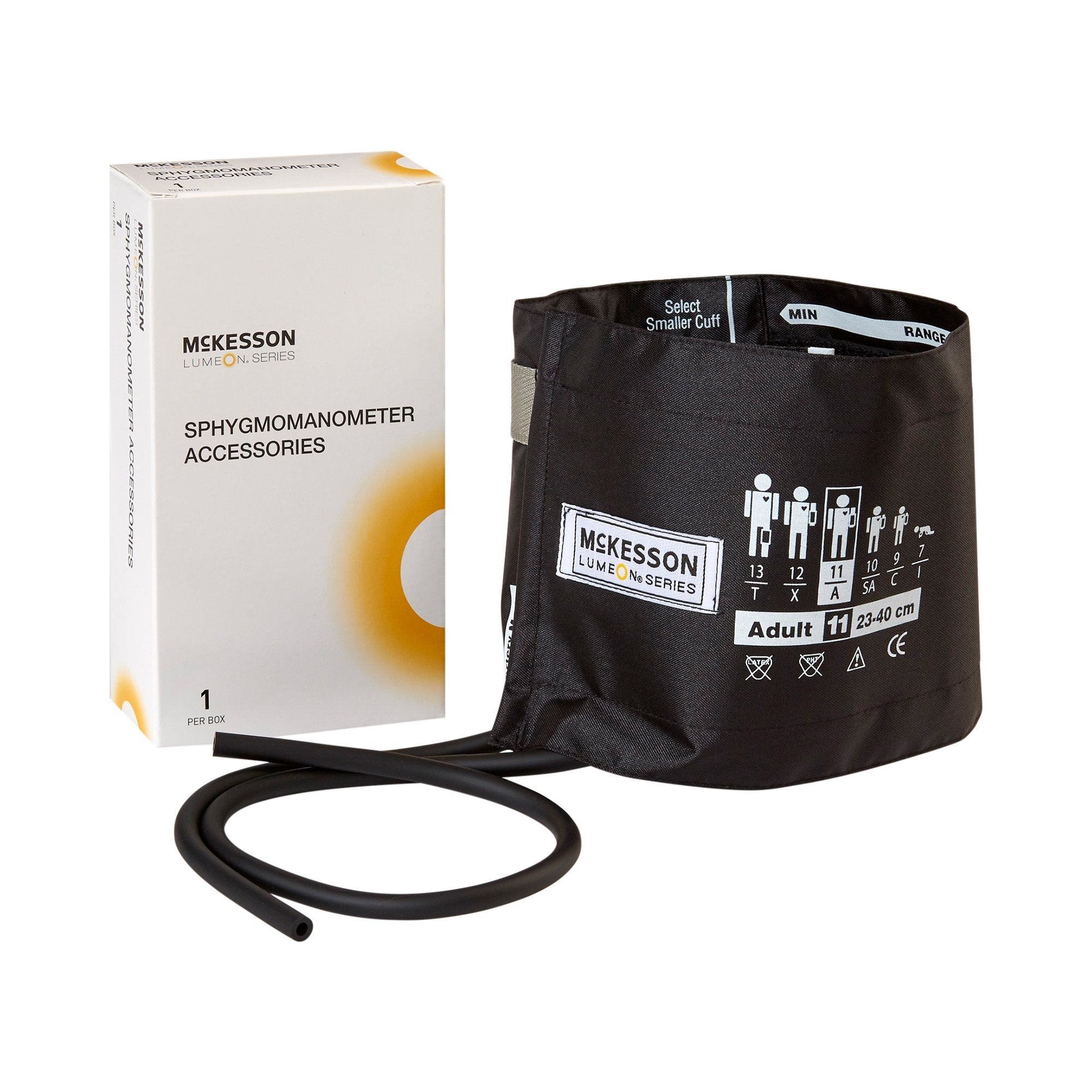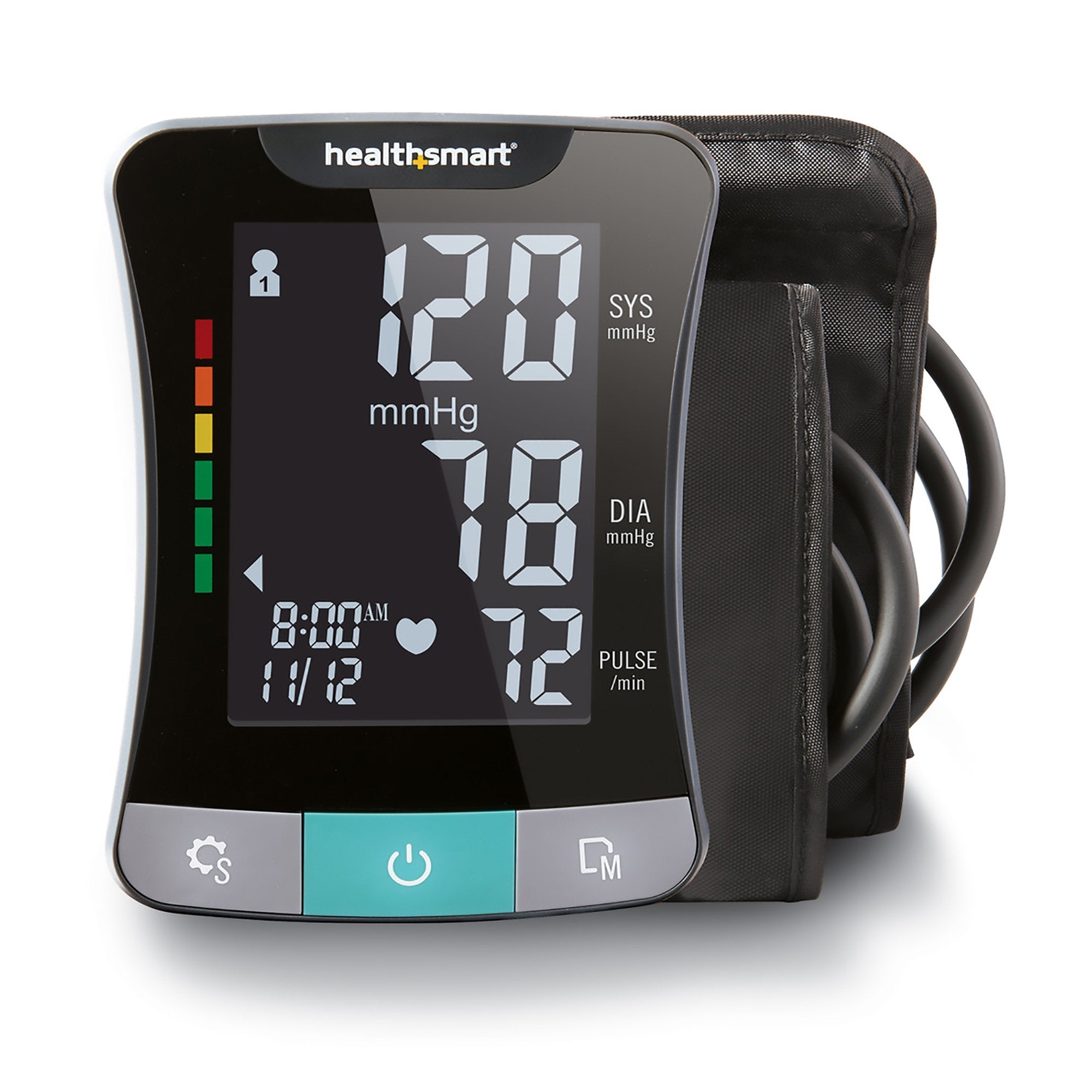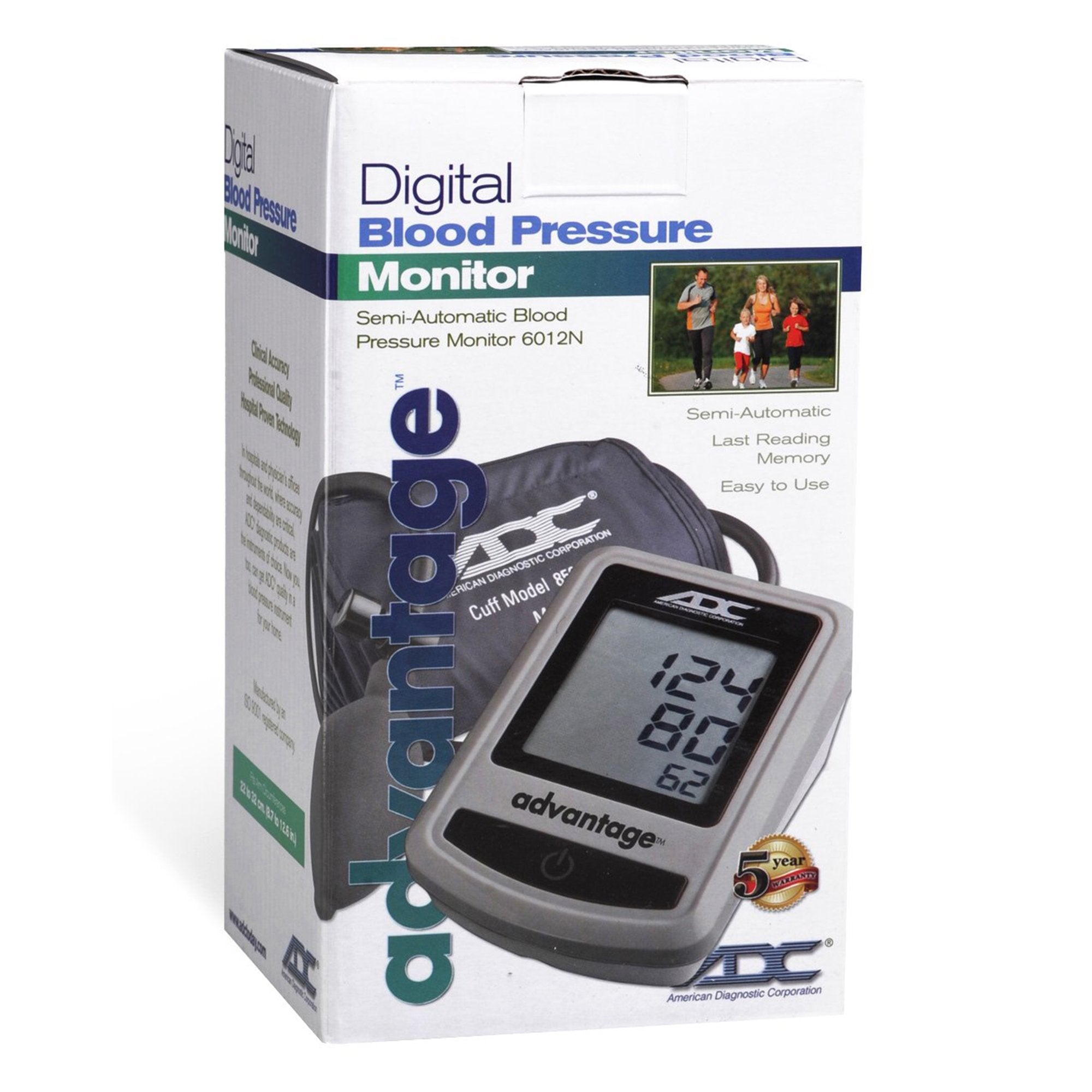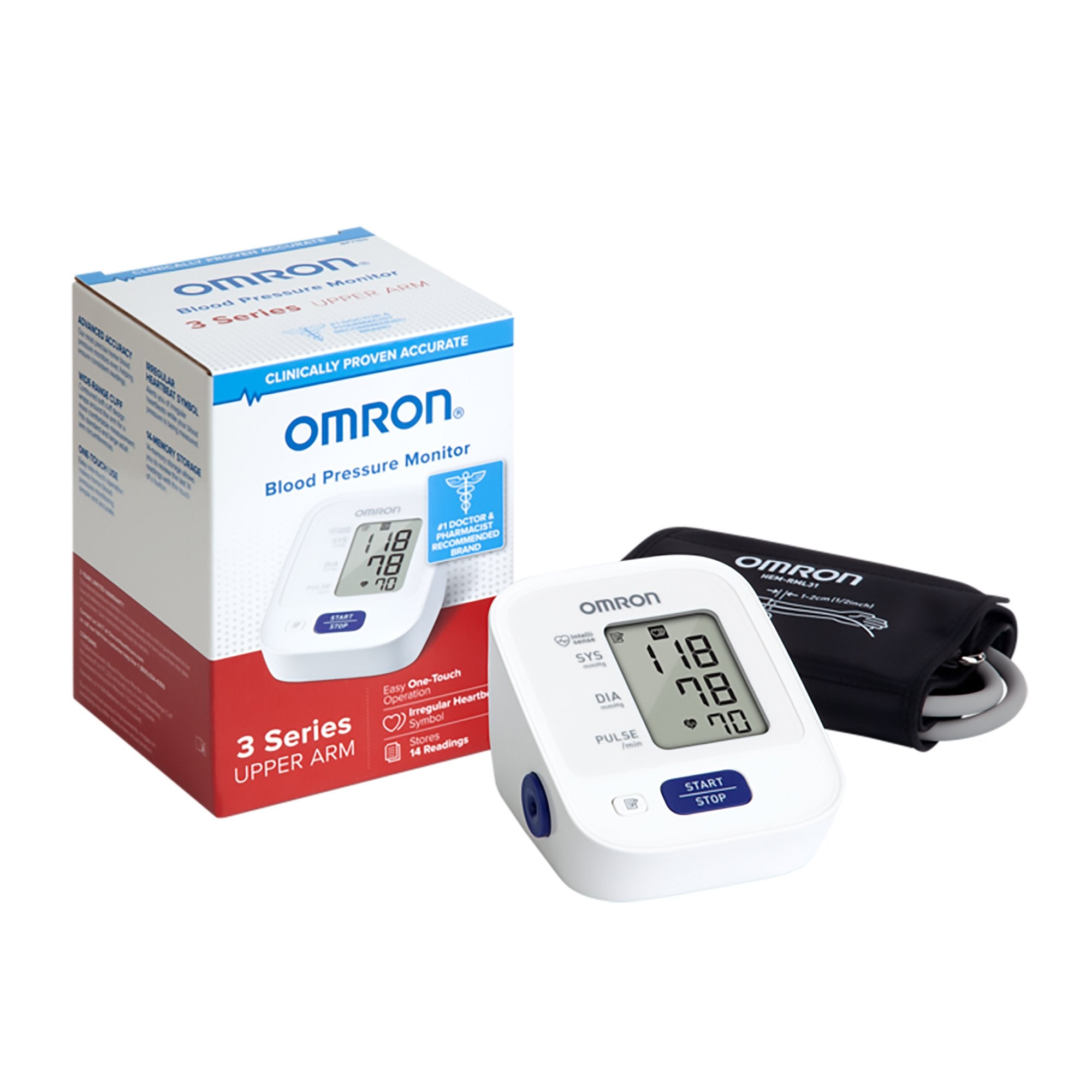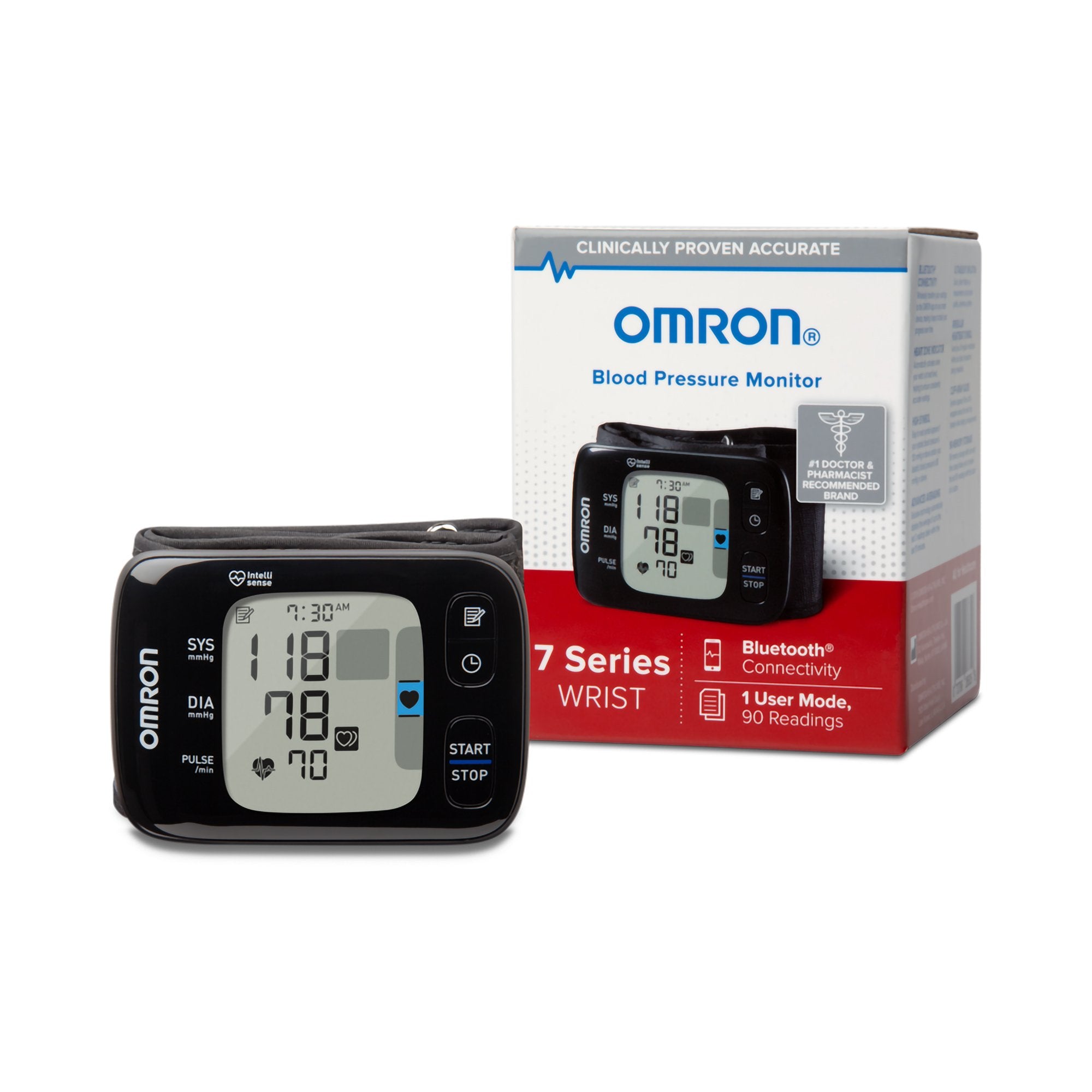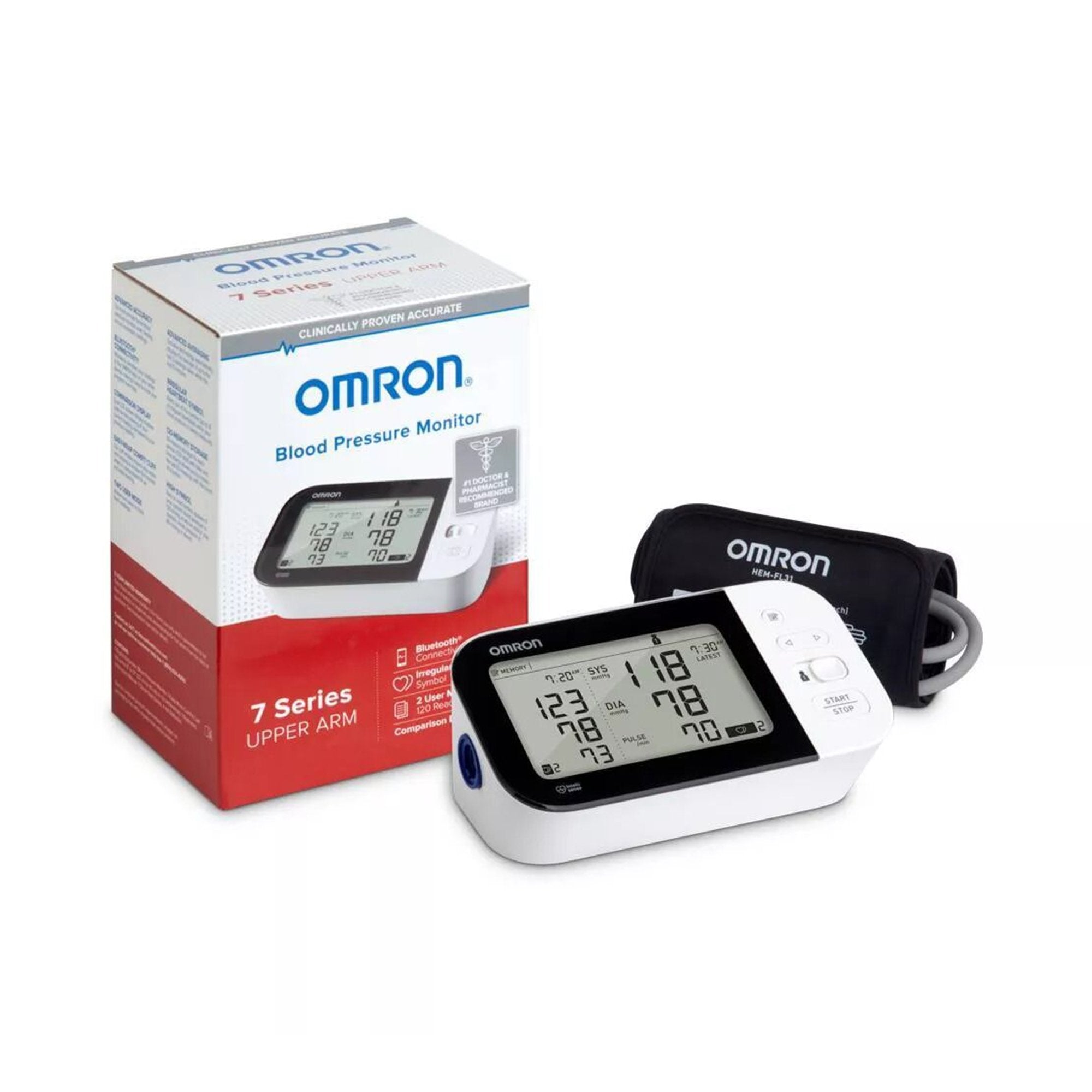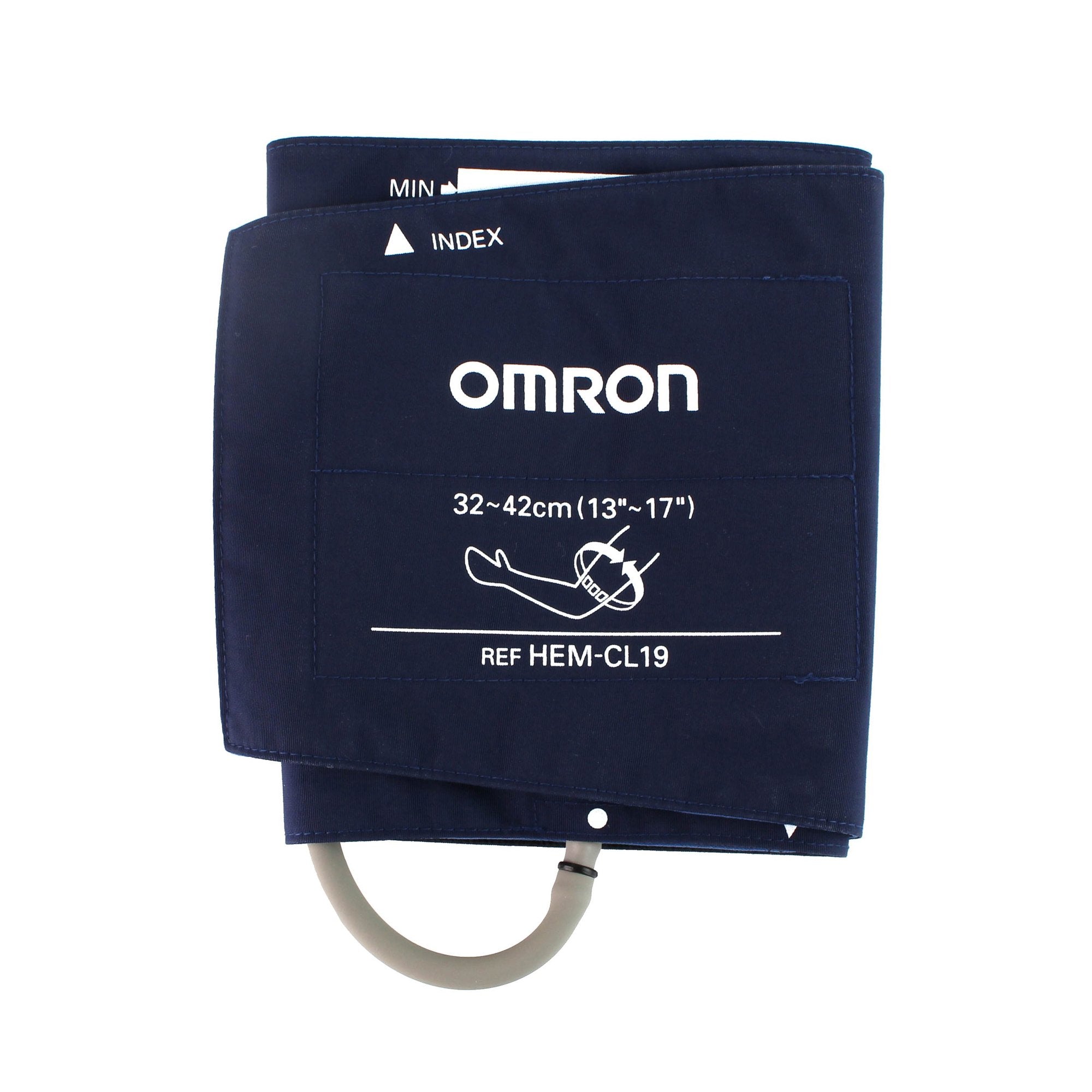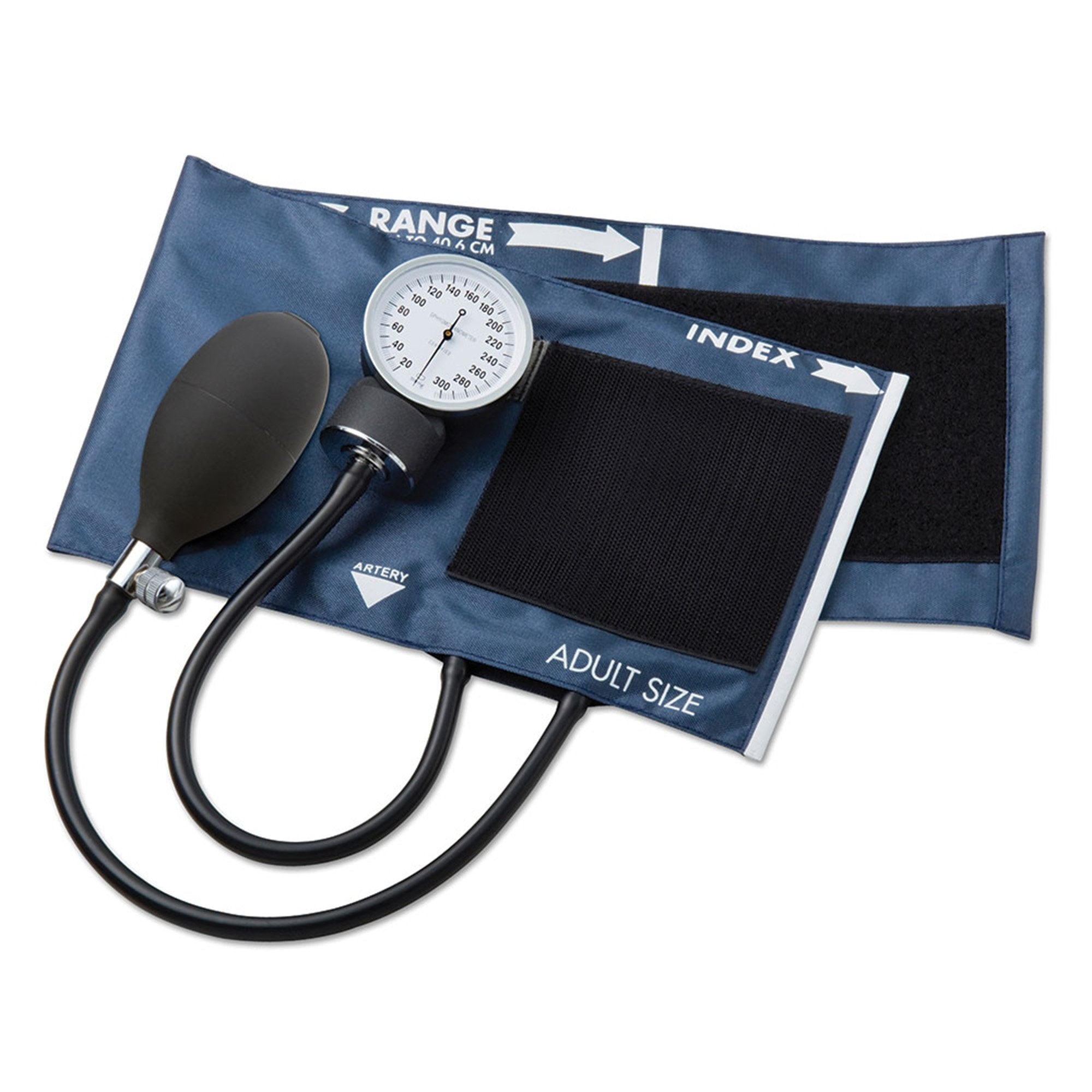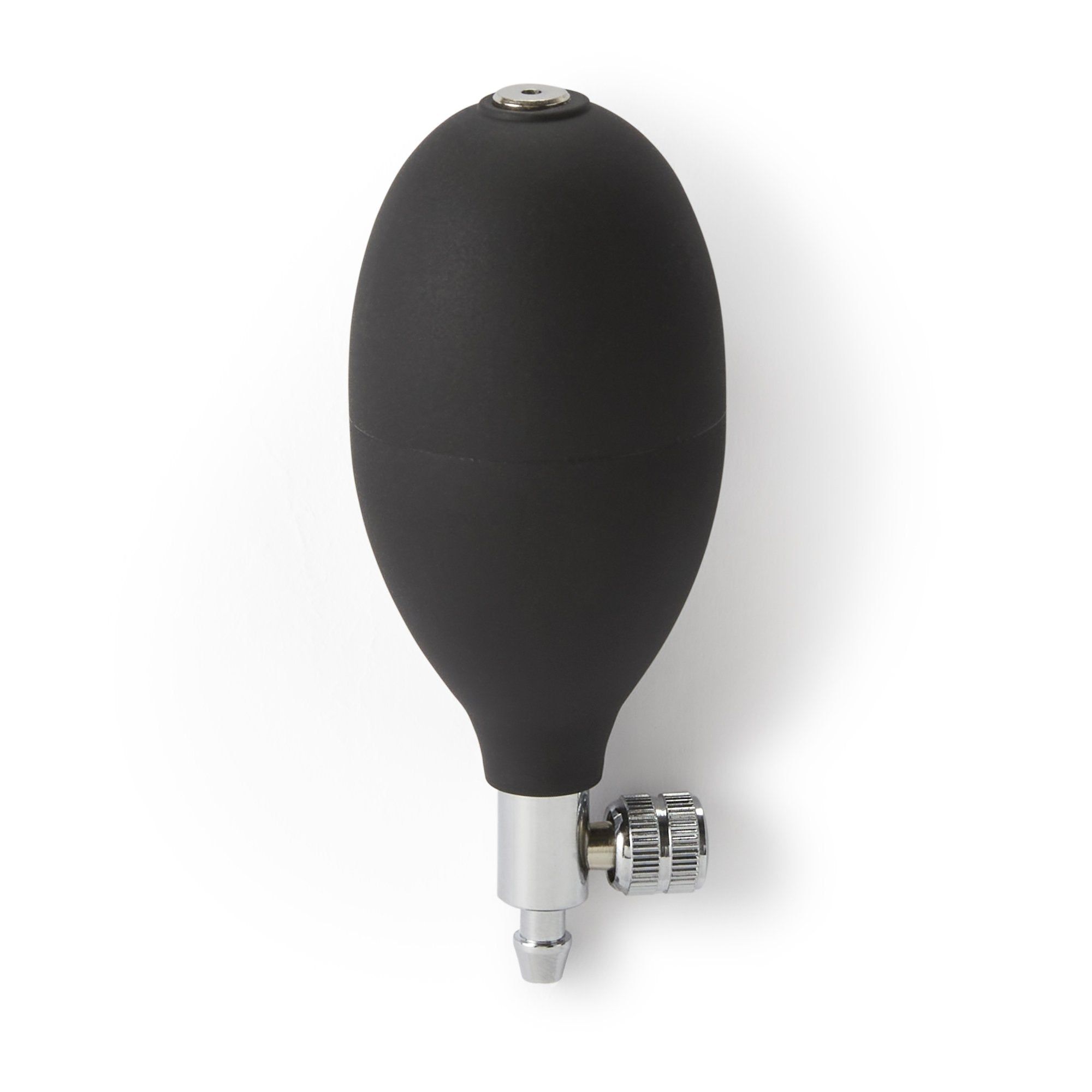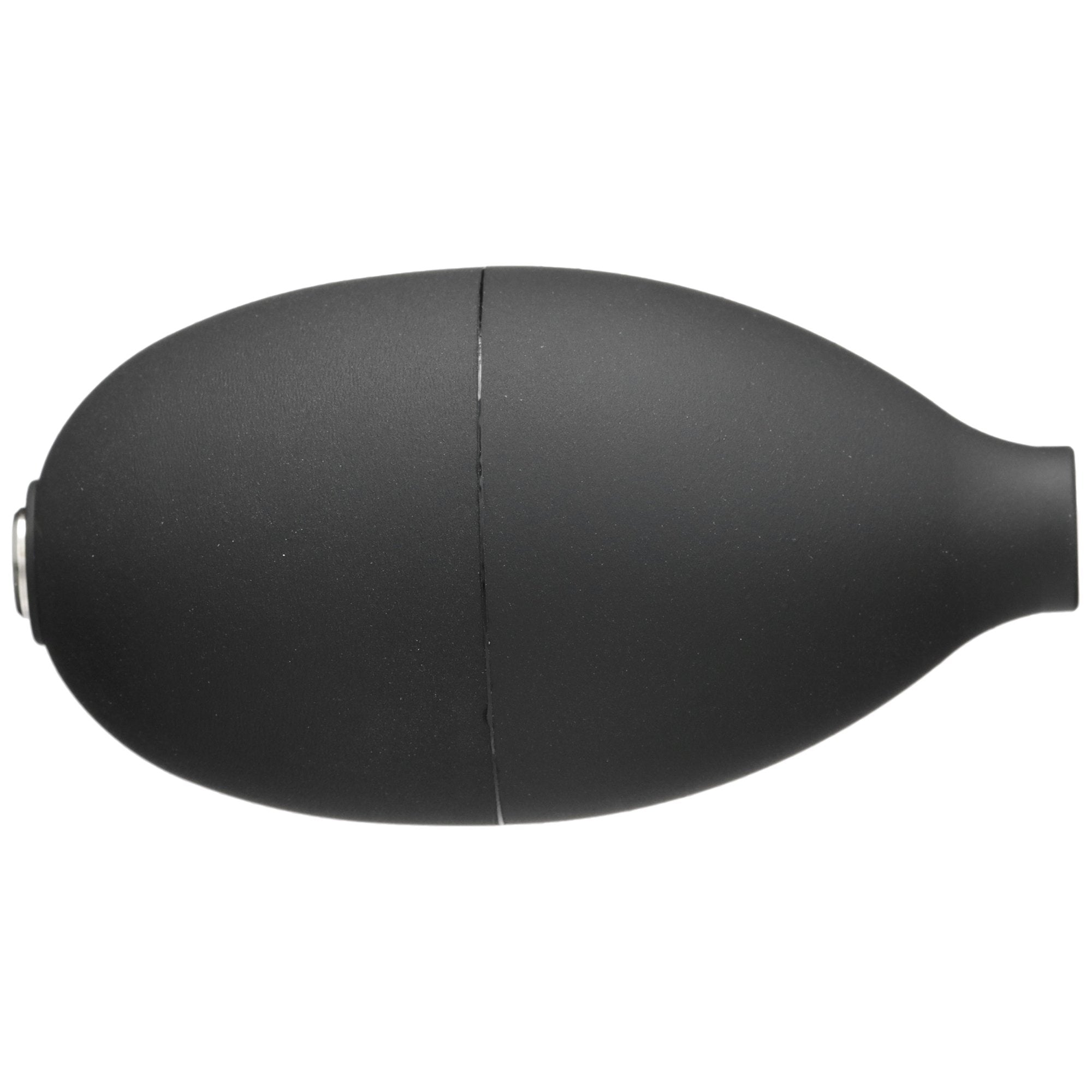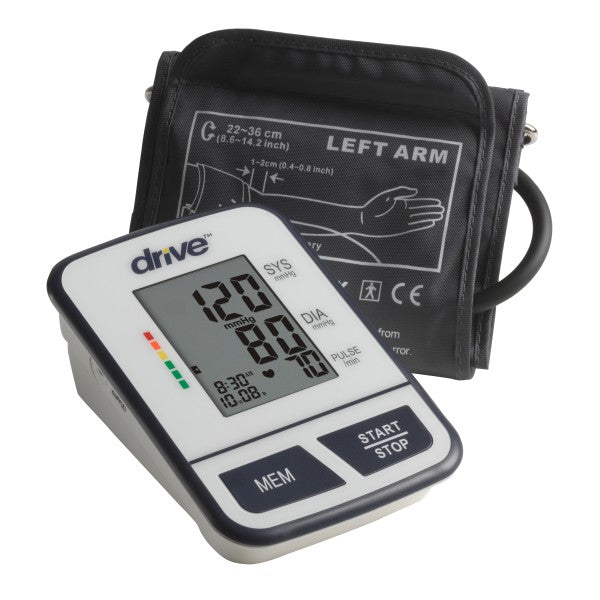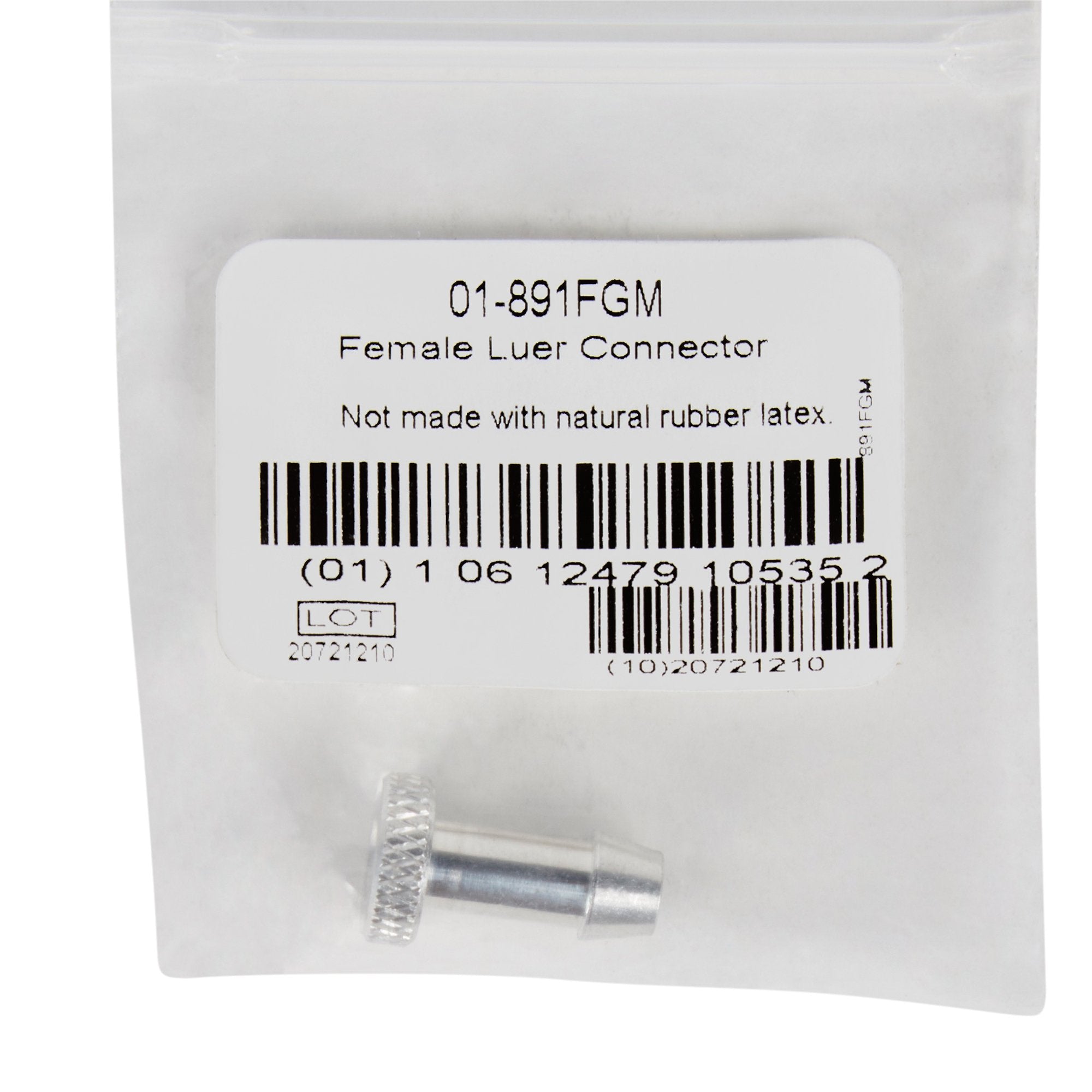Blood pressure monitors are devices that are used to measure blood pressure. Blood pressure is the force of blood against the walls of the arteries as it is pumped from the heart. High blood pressure, or hypertension, is a common condition that can increase the risk of heart attack, stroke, and other health problems. Blood pressure monitors use sensors to measure blood pressure and display the readings on a digital screen.
There are two main types of blood pressure monitors: manual and automatic. Manual blood pressure monitors use a cuff that is placed around the upper arm and inflated using a hand bulb or pump. The cuff is then slowly deflated, and a stethoscope is used to listen to the sounds of the blood flowing through the arteries. The pressure readings are taken at specific points during the deflation process and are recorded on a gauge.
Automatic blood pressure monitors, also known as digital blood pressure monitors, use electronic sensors to measure blood pressure. The cuff is placed around the upper arm and inflated automatically. The sensor measures the pressure in the cuff and displays the reading on a digital screen. Automatic blood pressure monitors are typically more accurate and easier to use than manual monitors.
Regardless of the type of monitor, it is important to use the device properly in order to obtain accurate readings. This usually involves sitting in a relaxed position with the back and arm supported and the cuff placed at the same level as the heart. It is also important to avoid smoking, eating, or exercising before taking a blood pressure reading.
Frequently Asked Questions about Blood Pressure Monitors
Do you still have questions about Blood Pressure Monitors?
If we still haven't answered your question, you can contact us by phone or email and we will get back to you as soon as possible.

